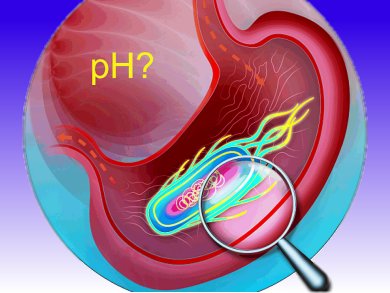Syntheses and applications of noble-metal nanocrystals with concave surfaces are the topic of the Review by Y. Xia et al.—which unique properties are enabled by high-index facets, surface cavities, and sharp corners or edges? In a Minireview, K. Müllen et al. discuss chemical syntheses of nanographene, graphene nanoribbons, and graphene sheets. The Highlights deal with rhodamine-inspired fluorescent probes (W. Guo et al.) and ethylene nanosensors (M. Ding and A. Star).
In the Communications section, P. R. Chen et al. show how to measure the pH value of living cells by means of solvatochromic fluorophores (see picture). J. J. Gooding et al. demonstrate how to electrically switch surfaces between states that are accessible or inaccessible to cells. S. Ott et al. describe the reaction of a phospha-Wittig–Horner reagent with diacetylenic ketones, which results in a cascade of reactions that can lead to both an oxaphosphole-terminated cumulene system and an alkene-bridged bis-phosphole. What determines the outcome of the reaction? H. Zhou et al. succeeded in the development of an energy storage principle using bipolar porous polymeric frameworks.
Image: © Wiley-VCH


